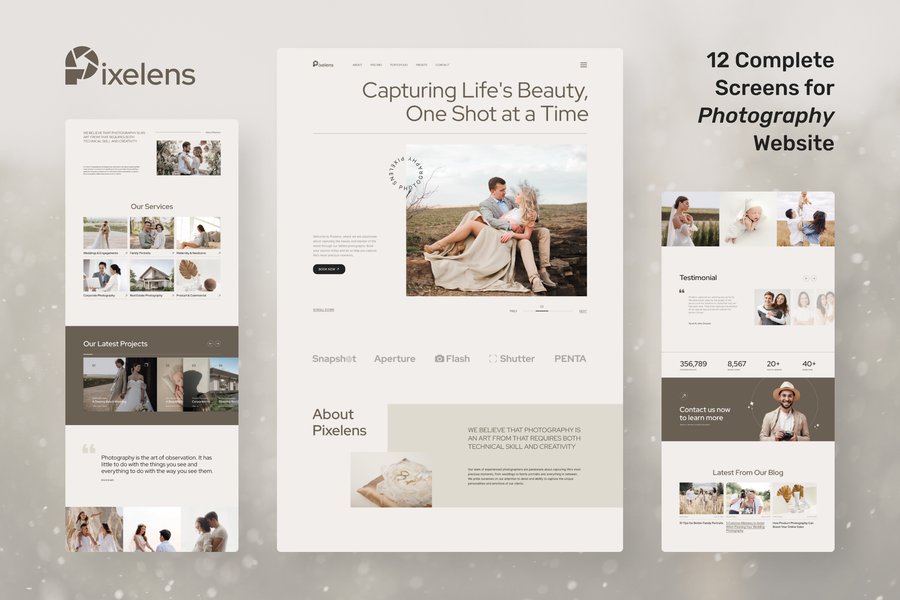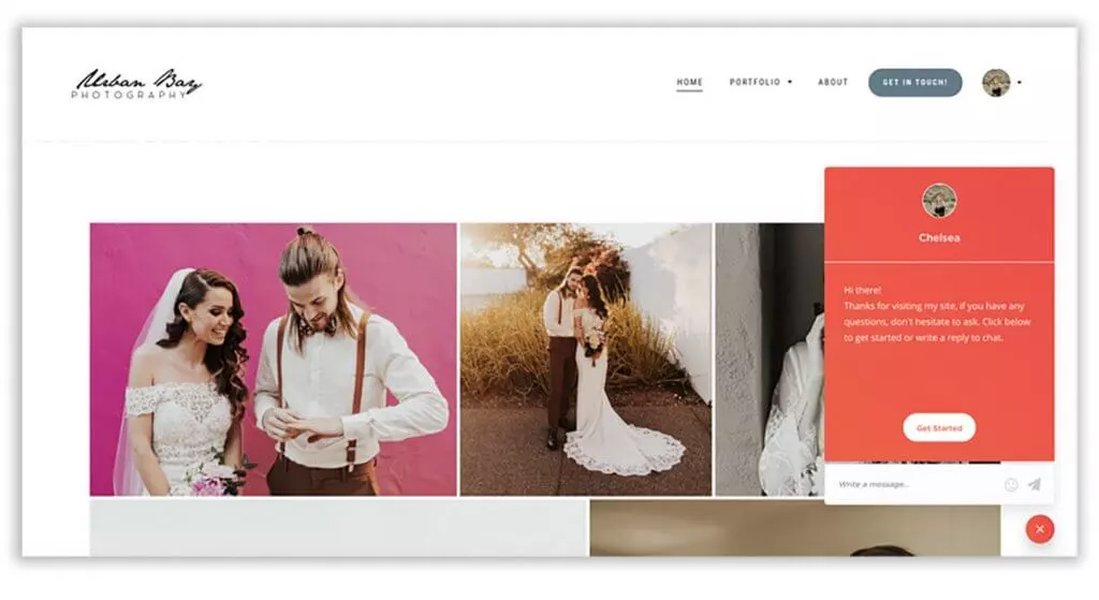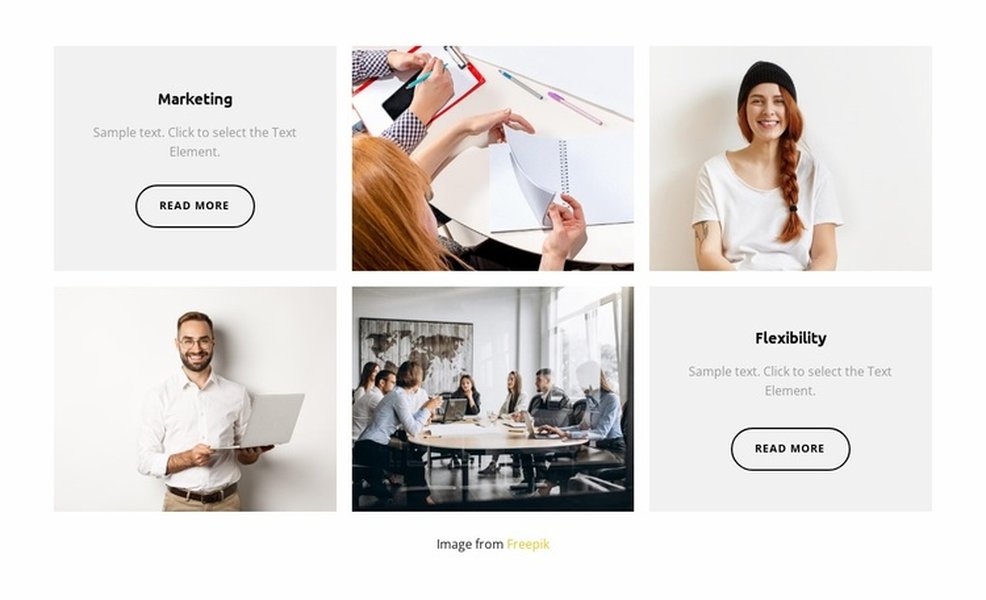
Unlocking the Power of HTML and CSS: A Comprehensive Guide
Exploring the Foundations of Web Development
Key Highlights of HTML and CSS
- HTML (HyperText Markup Language) is the backbone of web content, providing structure and meaning to elements on a webpage.
- CSS (Cascading Style Sheets) dictates the visual presentation of HTML elements, controlling layout, colors, fonts, and more.
- Learning HTML and CSS is the first step for anyone aspiring to become a web developer, opening doors to creating interactive and visually appealing websites.
What are HTML and CSS?
HTML (HyperText Markup Language) and CSS (Cascading Style Sheets) are the foundational technologies for building websites. HTML provides the structure and content of a webpage, while CSS controls its visual presentation. Together, they enable developers to create engaging and accessible web experiences.
HTML: Structuring Web Content
HTML uses a system of elements and tags to define the structure of a webpage. These elements can represent headings, paragraphs, links, images, lists, and more.
Here's a basic example of HTML code:
<!DOCTYPE html>
<html>
<head>
<title>My First Webpage</title>
</head>
<body>
<h1>Hello, World!</h1>
<p>This is a paragraph of text.</p>
</body>
</html>
In this example:
<!DOCTYPE html>declares the document as HTML5.<html>is the root element of the page.<head>contains meta-information about the HTML document, such as the title.<title>specifies a title for the HTML page (which is shown in the browser's title bar or tab).<body>contains the visible page content.<h1>defines a large heading.<p>defines a paragraph.
CSS: Styling Web Content
CSS is used to control the presentation of HTML elements, including their layout, colors, fonts, and other visual aspects. CSS rules are typically defined in separate CSS files or embedded within the HTML document using the <style> tag.
Here's an example of CSS code:
h1 {
color: #cc9900;
text-align: center;
}
p {
font-size: 16px;
line-height: 1.5;
}
In this example:
- The
h1rule sets the color of all<h1>elements to#cc9900(orange) and aligns the text to the center. - The
prule sets the font size of all<p>elements to 16 pixels and the line height to 1.5.
Why Learn HTML and CSS?
Learning HTML and CSS is essential for anyone interested in web development. These technologies provide the foundation for creating websites, web applications, and other online experiences.
- Foundation of Web Development: HTML and CSS are the basic building blocks of the web.
- Control Over Presentation: CSS allows you to control the visual appearance of your websites.
- Career Opportunities: Proficiency in HTML and CSS opens doors to various web development roles.
- Understanding Web Structure: HTML helps you understand how web content is organized and structured.
- Cross-browser Compatibility: Ensures your website looks consistent across different web browsers.
How to Learn HTML and CSS
There are numerous resources available for learning HTML and CSS, catering to different learning styles and preferences.
Online Courses and Tutorials
Platforms like Codecademy, Khan Academy, and freeCodeCamp offer interactive courses and tutorials that guide you through the fundamentals of HTML and CSS.
- Codecademy: Provides interactive lessons and projects to learn HTML and CSS.
- Khan Academy: Offers free courses on HTML, CSS, and other web development topics.
- freeCodeCamp: Provides a comprehensive curriculum for web development, including HTML and CSS.
Documentation and References
W3Schools provides comprehensive documentation and examples for HTML, CSS, and other web technologies.
- W3Schools: Offers tutorials, references, and examples for HTML and CSS.
Books and Articles
"Learn to Code HTML & CSS" by Shay Howe is an interactive guide for beginners. Numerous articles and blog posts cover specific topics and techniques related to HTML and CSS.
- "Learn to Code HTML & CSS" by Shay Howe: An interactive guide for learning HTML and CSS.
Advanced CSS Techniques
Once you have a grasp of the basics, you can explore advanced CSS techniques to create more complex and visually appealing designs.
CSS Flexbox and Grid
CSS Flexbox and Grid are powerful layout modules that make it easier to create flexible and responsive layouts.
CSS Animations and Transitions
CSS animations and transitions allow you to add dynamic effects to your web pages, such as hover effects, animations, and transitions between different states.
Responsive Design
Responsive design techniques enable you to create websites that adapt to different screen sizes and devices, providing an optimal user experience across desktops, tablets, and smartphones.
The Interplay of HTML and CSS in Web Design
HTML and CSS work together to create visually appealing and functional websites. HTML provides the structure and content, while CSS handles the presentation and styling. Understanding how these two technologies interact is crucial for effective web design.
Structuring Content with HTML
HTML elements define the different parts of a webpage, such as headings, paragraphs, images, and links. Proper use of HTML elements ensures that content is well-organized and accessible to users and search engines.
Styling with CSS
CSS allows developers to control the visual appearance of HTML elements, including colors, fonts, spacing, and layout. By separating content from presentation, CSS makes it easier to maintain and update the design of a website.
HTML and CSS for Photography Websites
HTML and CSS are essential tools for creating photography websites that showcase visual content effectively.
Creating a Gallery with HTML
HTML is used to structure the image gallery, arranging photos in rows and columns. The <img> tag displays the images, while other HTML elements provide captions and descriptions.
Styling the Gallery with CSS
CSS is used to style the gallery, controlling the layout, spacing, and appearance of the images. CSS can also add interactive effects, such as hover animations and transitions.
Tools and Resources for HTML and CSS Development
Various tools and resources can help streamline the HTML and CSS development process.
Text Editors and IDEs
Text editors like Visual Studio Code and Sublime Text provide features like syntax highlighting, code completion, and debugging tools.
Browsers and Developer Tools
Modern browsers come with built-in developer tools that allow you to inspect and modify HTML and CSS code in real-time.
Online Resources and Communities
Websites like Stack Overflow and CSS-Tricks offer valuable information, tutorials, and community support for HTML and CSS developers.
HTML and CSS Table
HTML tables are a fundamental part of structuring data on the web. Combined with CSS, they provide a powerful way to present information in an organized and visually appealing manner. Here's a basic overview of HTML table elements:
-
<table>: The container for all table elements. -
<tr>: Defines a table row. -
<th>: Defines a table header cell. -
<td>: Defines a standard data cell.
CSS can then be used to style the table, adding borders, controlling spacing, and setting colors.
| Element | Description | Example |
|---|---|---|
<table> |
The container for all table elements. | <table>...</table> |
<tr> |
Defines a table row. | <tr>...</tr> |
<th> |
Defines a table header cell. | <th>...</th> |
<td> |
Defines a standard data cell. | <td>...</td> |
Image Gallery Examples
Here's a showcase of photography website designs, demonstrating various ways HTML and CSS can be used to present visual content.

Minimalist photography website design.

Photographer portfolio website.

Photo gallery website design.
These examples illustrate how HTML provides the structure for images and text, while CSS styles the layout, colors, and overall appearance to create a visually appealing and user-friendly experience. Each design reflects a different aesthetic, demonstrating the flexibility of HTML and CSS in web design.
HTML and CSS Video Tutorial
This video provides a comprehensive introduction to HTML and CSS, perfect for beginners.
The video, titled "HTML & CSS Full Course - Beginner to Pro", is an excellent resource for learning web development from the ground up. It covers the fundamental concepts of HTML and CSS, offering practical examples and step-by-step guidance. This video tutorial is valuable for understanding how to structure web pages with HTML and style them with CSS, making it a great starting point for aspiring web developers. The tutorial covers a wide range of topics, including basic HTML tags, CSS selectors, layout techniques, and responsive design principles. By following along with the video, beginners can gain hands-on experience and build a solid foundation in web development.
Frequently Asked Questions (FAQ)
What is the difference between HTML and CSS?
HTML provides the structure and content of a webpage, while CSS controls its visual presentation and styling.
Do I need to learn HTML before CSS?
Yes, it's recommended to learn HTML first, as it provides the foundation for structuring web content before styling it with CSS.
What are some good resources for learning HTML and CSS?
Codecademy, Khan Academy, W3Schools, and "Learn to Code HTML & CSS" by Shay Howe are excellent resources for learning HTML and CSS.
Can I use HTML and CSS to create responsive websites?
Yes, responsive design techniques using CSS allow you to create websites that adapt to different screen sizes and devices.
What are CSS frameworks?
CSS frameworks like Bootstrap and Tailwind CSS provide pre-designed CSS styles and components that can speed up the development process.
References
Last updated April 11, 2025